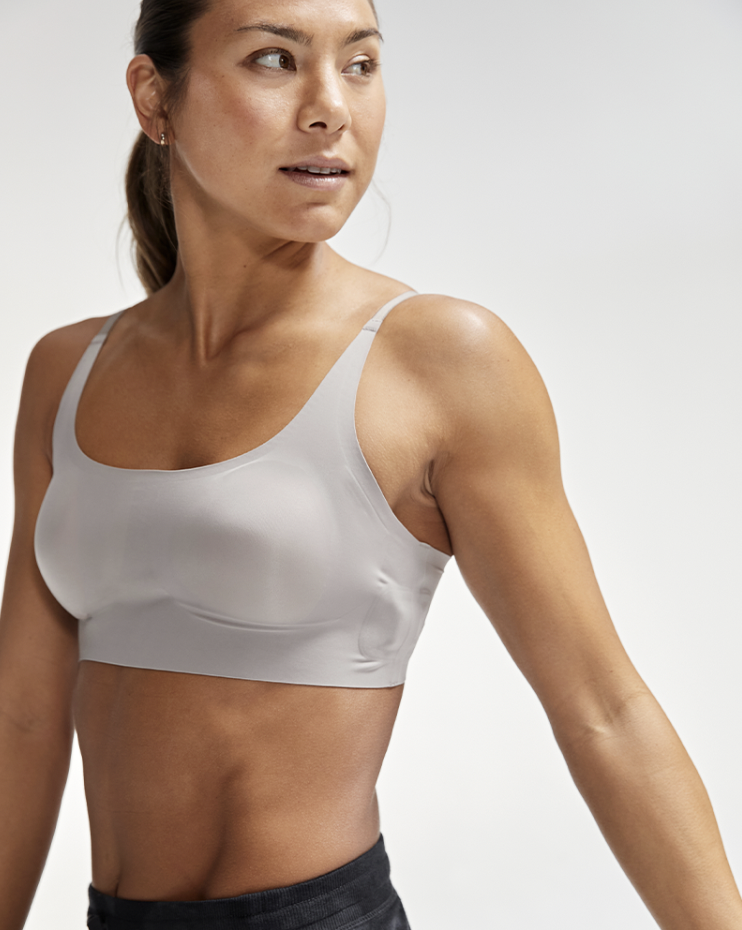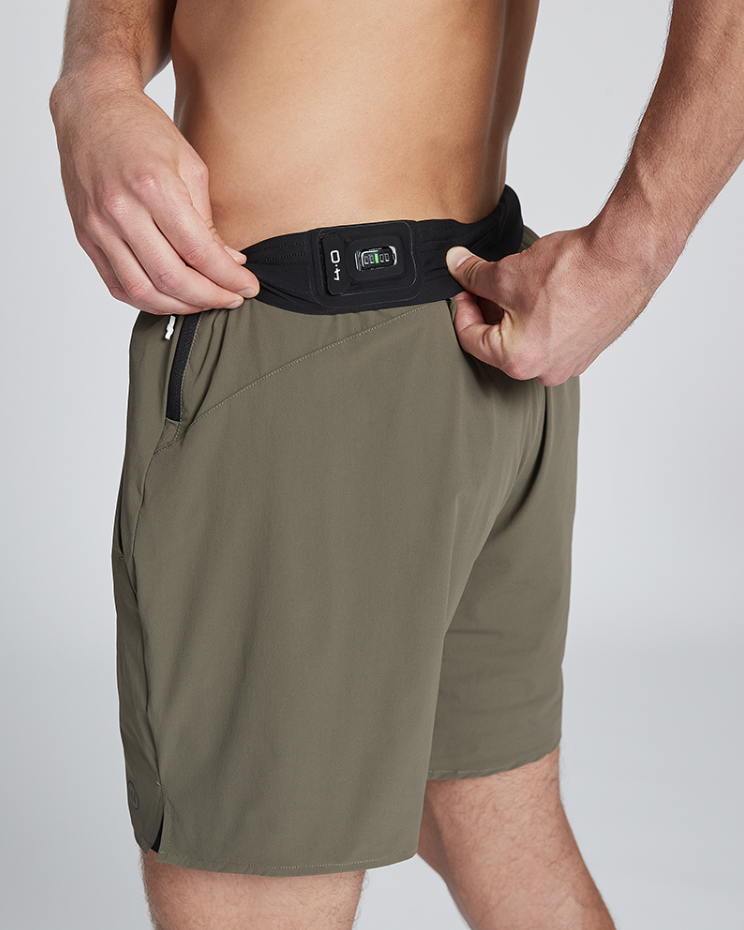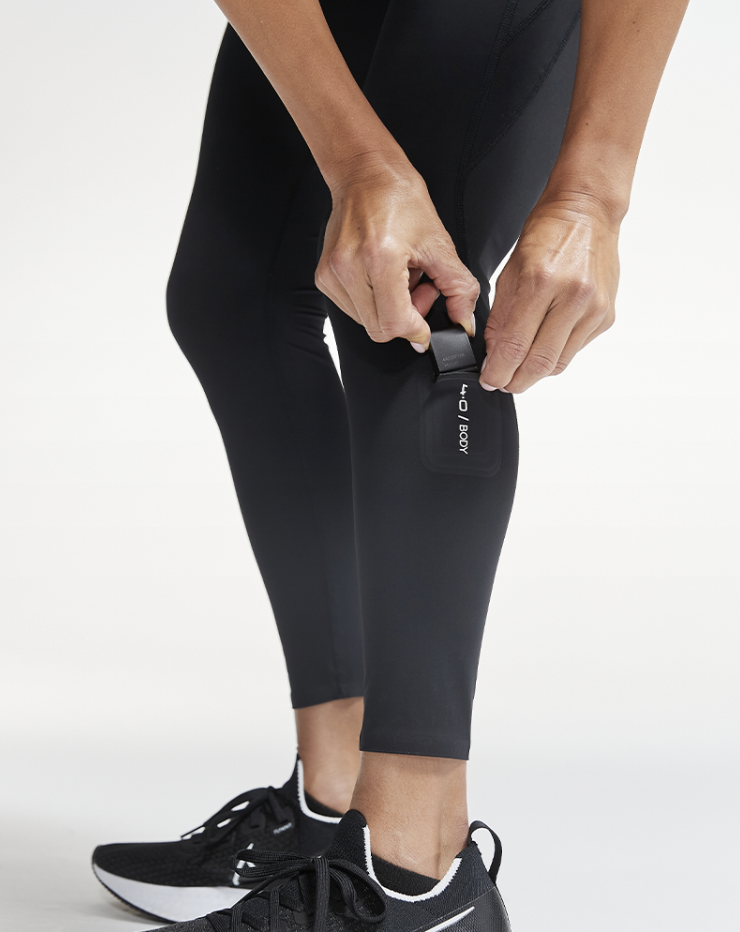
The new WHOOP 4.0 is the wearable I have been looking forward to the most this year. Now that I have been able to test the WHOOP 4.0 for close to a month, here is everything you should know.
Table of contents
WHOOP 4.0 video review
Click here to subscribe to the Connect The Watts YouTube Channel!
WHOOP 4.0 new sensors and new metrics
One of the biggest limitations that held the WHOOP 3.0 back was that the accuracy of the heart rate sensors was not as consistent as other high-end wearables. And since almost every feature and suggestion the WHOOP gives is based on your heart rate, accuracy is pretty crucial.
WHOOP seems to have made this a priority, and the WHOOP 4.0 now has 4X the number of photodiode sensors. It also now has five LEDs that use green, red, and infrared light, replacing the two previous green LEDs for better accuracy across more skin types.

The new sensors also allow the WHOOP 4.0 to track new daily metrics like Blood Oxygen and Skin Temperature.
Blood Oxygen is the amount of oxygen circulating in your blood. If this number ever suddenly drops, being made aware of that could be life-saving information.
Skin Temperature a measurement of temperature at the surface of your skin. It’s a good indicator that could signal your body might fighting off something.
All of this alongside your Resting Heart Rate, Heart Rate Variability, and Respiratory Rate make up your Daily Health Report. The WHOOP 4.0 also uses this data to help determine its two primary metrics: Strain Score and Recovery Score.
WHOOP 4.0: strain and recovery scores
Strain Score is a number than ranges from 0-21 and essentially the cumulation of cardiovascular load you’ve taken on throughout the day.
Recovery Score is a representation of how well prepared your body is to take on additional Strain. This is represented as a percentage from 0-100% and is created using data comparing your resting heart rate, heart rate variability, respiratory rate, and sleep performance compared to your typical number ranges.
I find the Strain and Recovery Scores to be very useful as it helps guide my training. If I have low recovery, I will generally choose to take a less intense or shorter workout. If my recovery is higher than normal, I sometimes choose to challenge myself a bit more with a harder workout or add more to it than I had initially planned.

And although I do not attempt to get an “optimal strain” score each day, I like to look back and compare how well my strain scores are lining up with my recovery. This allows me to learn if I tend to do too much or too little and helps me make better workout choices in the future.
WHOOP 4.0: sleep tracking and haptic alarm
Sleep is by far the most important part of recovery, and WHOOP provides a solid sleep-tracking and recommendations system. You see how much time you spent awake, in light sleep, deep sleep, REM sleep, and how many sleep disturbances you had.
WHOOP’s “Sleep Coach” uses this information and how it affects your recovery to give you sleep suggestions. The suggestions are based on whether you want peak performance, to perform well, or just get by. And it will adjust these numbers based on any additional strain you take on, or any sleep debt you’ve accumulated over the past few days.

The WHOOP 4.0 has also added an additional new feature here: a Haptic Alarm Clock.
The vibrating alarm clock can be set to a specific time, once you’ve reached your sleep goal, or when your recovery is in the green. The haptic alarm is a nice additional feature as it is quiet enough that it won’t also wake up your partner like a normal alarm.
When you wake up, you can choose to take a quick journal survey on the WHOOP app with behaviors that you would like to track.
This is one of Whoop’s coolest features, because at the end of each month, it will analyze all of this and show you tons of interesting data. It’s really amazing to see how a small thing like wearing a sleep mask can improve your recovery by 10%.
WHOOP 4.0: improved size and battery
The WHOOP 4.0 is now 33% smaller than the previous model. I definitely prefer the smaller size, as it looks nicer, and it’s less noticeable while wearing it.
To achieve this smaller size, WHOOP had to make improvements to their battery. So even though the battery is also smaller, it’s still capable of lasting three to five days on a full charge. From my testing, it seems like three days is more realistic with frequent Bluetooth broadcasting, which is still very good.
The Battery Charger, which you just slide over the WHOOP band as you wear it, has been improved as well. Now you can visually see how much juice the battery charger has by tapping it and to turn on the color light indicator.
The other improvement is that the battery charger is now water resistant. Previously it was fairly easy to destroy your battery pack by accidentally getting it wet. Now that it’s water resistant in addition to the WHOOP, there is one less thing for you to worry about.

WHOOP body clothing
With the WHOOP 4.0’s smaller size, it can now be worn in an entirely new way: on your clothes. WHOOP has designed specific clothing with pouches to hold the WHOOP in specific areas so you are no longer constrained to wearing it on your wrist. These new placements have been tested alongside the improved sensors and have shown to maintain accuracy.
While I don’t plan on wearing Whoop clothing all the time, it will be very useful in certain circumstances. If I want to go out somewhere where I don’t want people to necessarily know I’m a fitness geek, now there is an alternative solution.
WHOOP 4.0: cost
WHOOP’s pricing model is subscription-based with three different options.

So under the $18/month plan, the WHOOP 4.0 ends up costing $216 per year. While this may seem a bit steep, I feel the cost is pretty well justified as they now have a record of coming out with a new and improved model every two years or so.
Personally I think they have done a fantastic job with the WHOOP 4.0. I am happy to be able to highly recommend it.
Buy WHOOP 4.0 Here
(use code “CTW” for $30 off)
FTC: We use income earning auto affiliate links. More.





